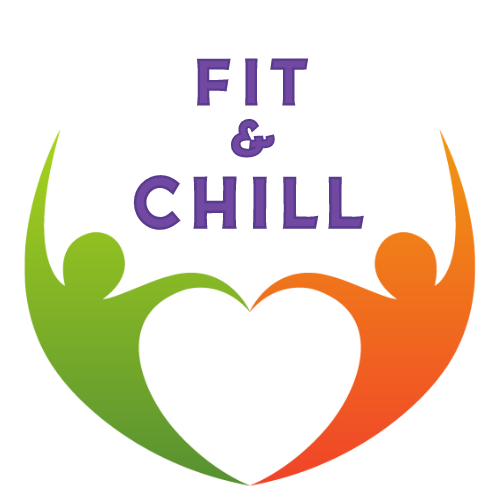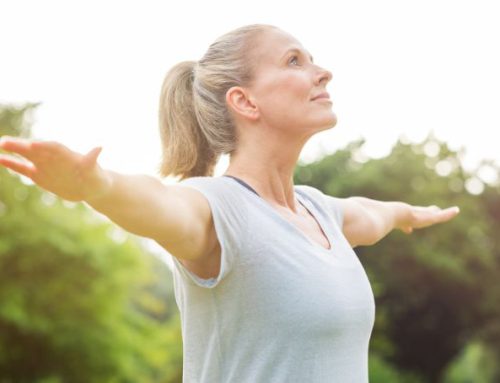Benefits of The Switching Mountain Climbers
- Cardiovascular Endurance: Switching Mountain Climbers elevate heart rate rapidly, providing an effective cardiovascular workout that improves endurance and stamina.
- Core Strengthening: This exercise targets the core muscles, including the rectus abdominis, obliques, and transverse abdominis, helping to improve core strength and stability.
- Total Body Engagement: Switching Mountain Climbers engage multiple muscle groups simultaneously, including the shoulders, chest, arms, and legs, for a comprehensive full-body workout.
- Calorie Burning: The dynamic nature of this exercise increases calorie expenditure, making it an efficient choice for burning calories and promoting weight loss.
Tips for Beginners:
- Start Slowly: Beginners should begin with a slower pace to focus on proper form and technique before increasing speed.
- Maintain Core Stability: Keep your core engaged throughout the exercise to stabilize your body and prevent excessive hip movement.
- Avoid Jerky Movements: Aim for smooth and controlled movements, avoiding jerking or bouncing motions that can strain the joints.
- Modify as Needed: If you find the exercise too challenging, you can perform it at a slower pace or reduce the range of motion by bringing your knees towards your chest instead of your elbows.



Leave A Comment